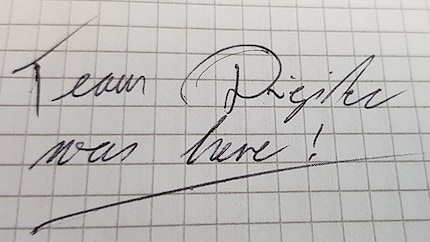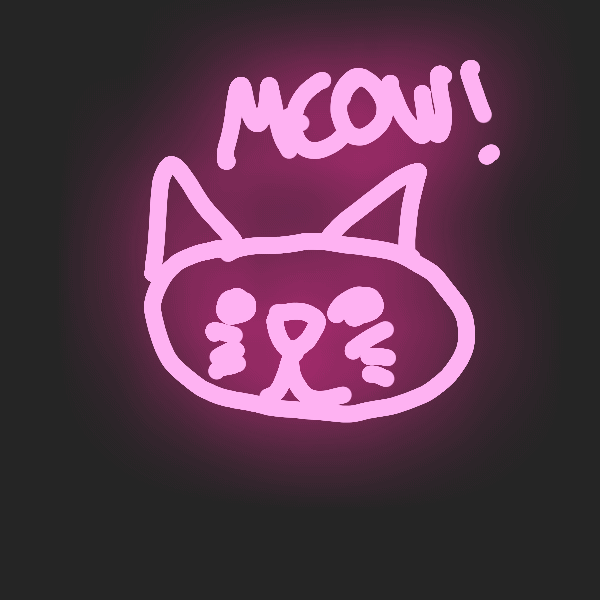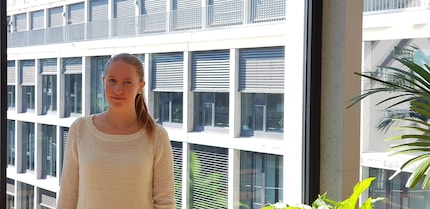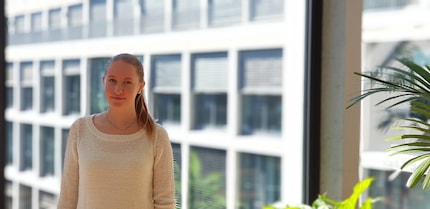
Samsung Galaxy Note 8: A great phone, but probably not for you
It is probably the most eagerly awaited phone of the year. It is a phone for power users and enthusiasts and those who simply want a stylus for their smartphone. The Samsung Galaxy Note 8 is here and I have tested it.
The Samsung Galaxy Note 8 is heavy in the hand. It weighs just under 200 grams with SIM card, which is very overweight for a flagship smartphone. In comparison, the LG V30 comes in at 155 grams. Rounded up to 160 grams with SIM and card. Add to that a hard edge on the long side and the Note 8 feels powerful and really good. And it is. Basically, it can be said - no matter what the question is - "Yes, the Note 8 can do it and it does it well".
This is still not the detailed review you were hoping for. Mainly because the phone still has some major shortcomings. Yes, even the shortcomings are powerful. Therefore: here we go. Review time!

Handwriting for doctors too
If you're thinking about buying a Note 8, then the main consideration is probably that you want a stylus. It is built into the Note 8 and can be pulled out of the bottom of the device with a click. Despite the hole at the bottom of the Note 8, the device is still IP68 waterproof, so you can also take notes while swimming. No matter how impractical this may be in reality.
The pen itself feels flimsy, cheap and fragile. It's simply too light for me. Not a problem, because Samsung doesn't just make smartphones, but ecosystems. The S-Pen is compatible with the Note 8 and the Staedtler pencil analogue pen also works. But even if the hardware of the stylus is not impressive, the software behind it is really impressive.
My handwriting is more for doctors. Not only do I write in shorthand, but the letters s, n, r, v, m, v and u - sometimes also i and e - look exactly the same. Need proof?

Often when I'm taking notes during an interview or following a keynote, I can't read my own handwriting. But I can always remember what I wrote down there. What I mean to say is: my handwriting is legendarily bad. I could be a doctor.
The Note 8 can decipher most of my handwriting. No device before the new Samsung device could do that. The recognition works much better in English than in German, which leads me to believe that there is something going on with content awareness that doesn't pay so much attention to my scribbling as to the context of the conversation and the sentence. This is despite the fact that I, as well as other people with a bad claw, are probably not the main reason for the implementation of this feature. The reason is more likely to lie in China. The Chinese alphabet, if we want to call it that, comprises several thousand characters. No one has yet developed a clever keyboard that makes writing in characters comfortable. Simply abandoning thousands of years of writing culture because computers are not so good at it is also out of the question.

Therefore, the feature is probably designed so that a Chinese woman can doodle her characters, no matter how ugly, and the Note 8 interprets them correctly.
A dual cam at last
The Note 8 is the first modern Samsung smartphone to have a dual cam. Both deliver 12 megapixel resolution and should even work well in poor light. It was precisely this ability to adapt to light that was one of the main reasons why video producer Stephanie Tresch had the Samsung Galaxy S8+ with her at the IFA in Berlin as a backup camera in case of emergency. Even if other cameras do more, the Galaxy's camera is currently the most adaptive and versatile.
The camera has been upgraded again in the Note 8. Instead of one camera, there are now two lenses on the back. When you take a photo, both cameras take a photo and then you can make changes after the shot. Samsung calls this feature Live Focus. An artificial intelligence goes over your photo and reads out what exactly you wanted to photograph. If you want to take a photo of your friend, then you have your friend, the tree in the background, the old lady scurrying around and all sorts of other things in the picture. The Note 8 looks at the picture, realises "This is the focus", isolates the area and offers you the depth of field - technically known as bokeh - to make the picture a little more elegant.
You can do this against any background, even with strange light. I asked my colleague Livia Gamper to quickly model for me. The two shots below are the exact same image.


You can set the bokeh value yourself. So "medium blurred" or "three-quarter sharp" is also possible. I thought to myself that this is a kind of face recognition that is involved. So I thought I'd test it on a dog. This is Pinky, a street dog from Bahrain that a Swedish friend of mine brought with him. Pinky is now Swiss and earns his money by testing products.


The camera sometimes has a little more trouble with objects - a kind of face recognition after all? - but usually gets it right.
The shortcomings
But all is not well in the land of Samsung. Because the shortcomings of the Note 8, just like the features, are huge.
Samsung still hasn't managed to get the software to keep up with the hardware. Samsung maintains an Android version that only resembles the original in its basic features. It's not uncommon for hardware manufacturers to customise Android to their needs, but Samsung changes too much for my liking. Many things seem to be changed simply because you can and then it doesn't look like Google's version of Android. Other customisations are there to actually improve the experience for the user, even if only visually. White menu at the top of the screen? Great. Better than dark grey. But still: sometimes I think the software is lagging behind the hardware. I haven't experienced any crashes yet, except for apps that generally tend to crash. Beta versions, for example. But I think that the hardware should simply be able to do more.
This is reflected in the battery. The Note 8 is a device for power users, for people who want more from their phone than just a bit of telephony and a few photos. It is a device for hobbyists and enthusiasts. It's simply not good enough if the device still has 23% battery after a day of normal commuter use. So after a bit of music in the morning, some surfing at lunchtime and then some music plus maybe a video in the evening on the way home. With 3300 mAh, there should be more in it if the software is optimised to some extent.
Then there's the elephant in the room: the price. At the time of going to press, the Samsung Galaxy Note 8 costs 999.00 francs. A thousand quid! For me, that's a pain threshold that I don't want to exceed. I'll go on holiday for three weeks for a thousand. I'll rebuild my entire computer for a thousand. A thousand francs is a lot of money. Samsung and Apple can come along and say "Mümümü, top hardware and super software", that's simply a thousand francs for a rounded rectangle that you put in your trouser pocket or handbag.
If you've been waiting for the Note 8, or were one of those who lost out in the wake of the Note 7 debacle, then you'll be delighted with the Note 8. It offers you everything you expect from the device and more. For everyone else: I would say that the Note 8 is not your smartphone. Unless, of course, you want to become a power user, know more about Android than just "I can take photos with it" and try out all kinds of things. Then the Note 8 is a good choice for you.
Journalist. Author. Hacker. A storyteller searching for boundaries, secrets and taboos – putting the world to paper. Not because I can but because I can’t not.